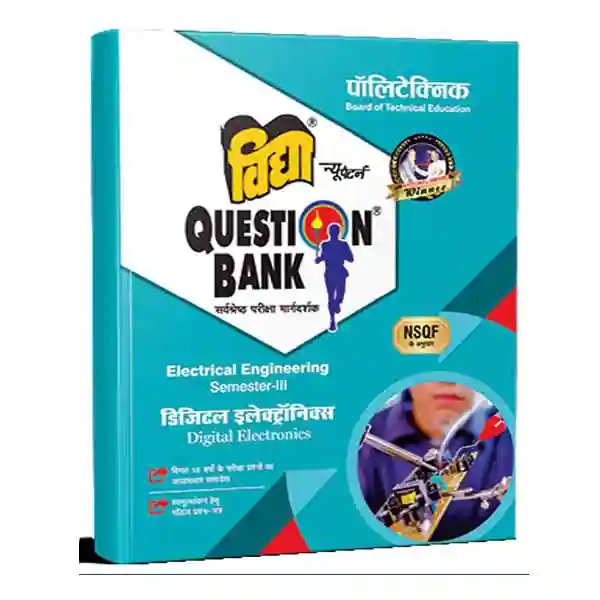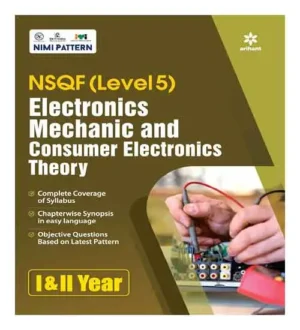Vidya Polytechnic Electrical Engg Sem 3 Digital Electronics In Hindi
Are you a student at Vidya Polytechnic pursuing your Electrical Engineering course in Semester 3? If you’re currently studying Digital Electronics (DE) and seeking comprehensive solutions to your assignment questions, you’ve come to the right place. In this article, we provide detailed answers with explanations to help you excel in your Digital Electronics course.
Question 1: What is a Logic Gate? Explain its types and operations.
A Logic Gate is a fundamental building block of digital circuits. There are several types, including AND, OR, NOT, XOR, and NAND gates.
- AND Gate: It produces an output only when all of its inputs are high.
- OR Gate: It produces an output when any of its inputs are high.
- NOT Gate: It inverts the input; if the input is high, the output is low, and vice versa.
- XOR Gate: It produces an output when the number of high inputs is odd.
- NAND Gate: It’s the opposite of the AND gate; it produces an output unless all inputs are high.
Question 2: Simplify the Boolean expression (A + B)(A + C)(B + C).
(A + B)(A + C)(B + C) = A(A + C)(B + C) + B(A + C)(B + C)= A(AB + AC + BC + CC) + B(AB + AC + BC + CC)
= A(AB + AC + BC) + B(AB + AC + BC)
= A + B
Question 3: Explain the concept of Flip-Flops in Digital Electronics.
Flip-flops are sequential circuits used to store and transfer binary data. There are different types, such as SR, D, JK, and T flip-flops. They are characterized by their ability to “remember” the previous state, making them essential in building registers, memory units, and counters. Flip-flops operate based on clock signals, with their outputs changing state at the rising or falling edge of the clock signal.
Question 4: Differentiate between Combinational and Sequential Circuits.
- Combinational Circuits: These circuits produce an output based solely on the current input values. They do not have any memory elements. Examples include logic gates and multiplexers.
- Sequential Circuits: These circuits not only depend on the current input but also have memory elements, such as flip-flops. The output is determined by both the current input and the previous state. Examples include flip-flops, registers, and counters.
By understanding these concepts and practicing problems like these, you’ll be well-prepared to excel in your Vidya Polytechnic Electrical Engineering Semester 3 Digital Electronics course. Remember, consistent practice and a clear understanding of the fundamentals are the keys to success in this subject.
For more solved questions and explanations related to Digital Electronics or other topics, stay tuned for further updates on our website. Good luck with your studies!
Free Online Mock Test To Get Click Here
















Reviews
There are no reviews yet.